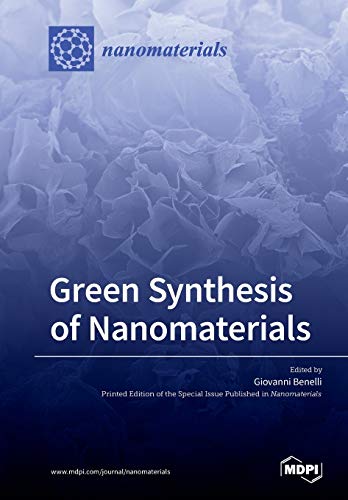

Most ebook files are in PDF format, so you can easily read them using various software such as Foxit Reader or directly on the Google Chrome browser.
Some ebook files are released by publishers in other formats such as .awz, .mobi, .epub, .fb2, etc. You may need to install specific software to read these formats on mobile/PC, such as Calibre.
Please read the tutorial at this link: https://ebookbell.com/faq
We offer FREE conversion to the popular formats you request; however, this may take some time. Therefore, right after payment, please email us, and we will try to provide the service as quickly as possible.
For some exceptional file formats or broken links (if any), please refrain from opening any disputes. Instead, email us first, and we will try to assist within a maximum of 6 hours.
EbookBell Team

0.0
0 reviewsNanomaterials possess astonishing physical and chemical properties. They play a key role in the development of novel and effective drugs, catalysts, sensors, and pesticides, to cite just a few examples. Notably, the synthesis of nanomaterials is usually achieved with chemical and physical methods needing the use of extremely toxic chemicals or high-energy inputs. To move towards more eco-friendly processes, researchers have recently focused on so-called “green synthesis”, where microbial, animal-, and plant-borne compounds can be used as cheap reducing and stabilizing agents to fabricate nanomaterials. Green synthesis routes are cheap, environmentally sustainable, and can lead to the fabrication of nano-objects with controlled sizes and shapes—two key features determining their bioactivity.
However, real-world applications of green-fabricated nanomaterials are largely unexplored. Besides, what do we really know about their non-target toxicity? Which are their main modes of action? What is their possible fate in the environment? In this framework, the present Special Issue will include articles by expert authorities on nanomaterials synthesis and applications. Special emphasis will be placed on their impact on the environment and long-term toxicity.